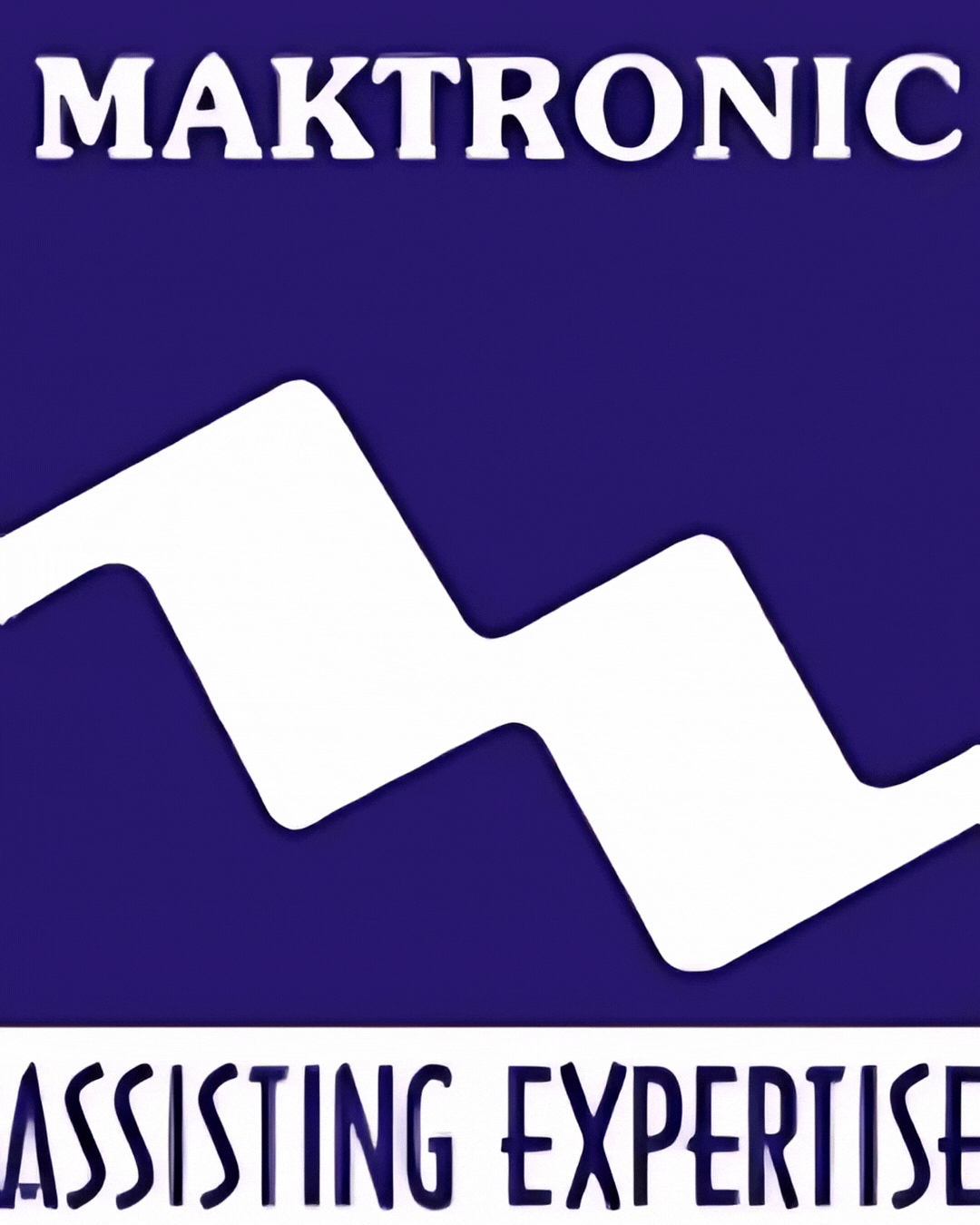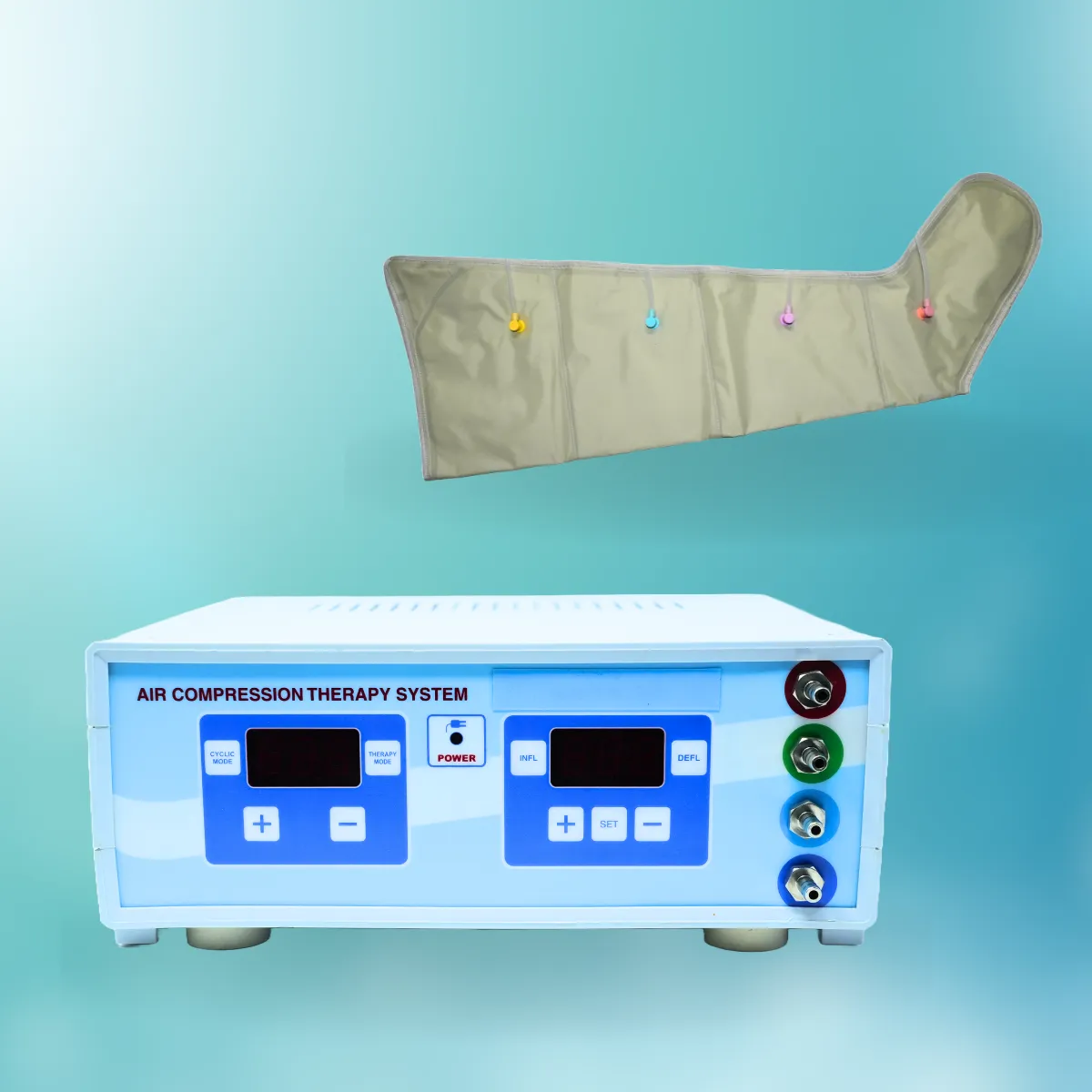DVT Machine With Dvt Cuff
Description
DVT Machine with DVT Cuff in Orthopedic Care
A DVT (Deep Vein Thrombosis) machine with DVT cuffs is a crucial medical device in orthopedic surgery and rehabilitation, designed to prevent blood clot formation by promoting healthy circulation in the lower limbs. Patients undergoing orthopedic procedures, such as joint replacements, fracture repairs, and spinal surgeries, are at a higher risk of developing DVT due to prolonged immobility. These devices help reduce this risk, enhance post-operative recovery, and improve patient safety.
Key Benefits in Orthopedic Care:
-
Prevention of Deep Vein Thrombosis (DVT):
- The DVT machine delivers controlled pneumatic compression to the DVT cuffs, mimicking the natural muscle contractions that facilitate blood flow and prevent clot formation.
-
Enhanced Circulation & Reduced Swelling:
- Intermittent pressure applied by the DVT cuffs helps prevent blood pooling in the lower extremities, reducing swelling and improving circulation in post-surgical orthopedic patients.
-
Essential for Orthopedic Surgeries & Recovery:
- Used in hip and knee replacements, spinal surgeries, and trauma procedures where mobility is restricted, preventing complications related to venous stasis.
-
Comfortable & Non-Invasive Therapy:
- Unlike anticoagulant medications, which carry a risk of bleeding, DVT machines provide a safe, mechanical method for preventing thrombosis without side effects.
-
User-Friendly & Adjustable Settings:
- Features customizable compression cycles and pressure levels to suit individual patient needs.
- Lightweight, portable designs allow for hospital and home use during orthopedic rehabilitation.
Conclusion:
A DVT machine with DVT cuffs is a vital tool in orthopedic patient care, significantly reducing the risk of blood clots, improving circulation, and aiding in faster recovery after surgery. Its non-invasive and effective approach makes it an essential part of post-operative and long-term orthopedic treatment plans, ensuring safer outcomes for patients.


